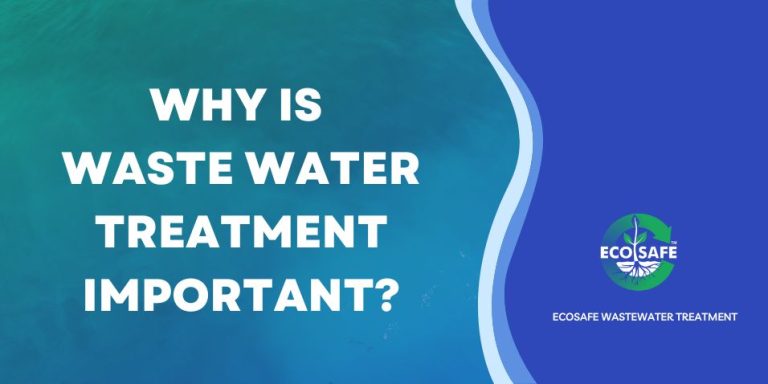Excitement About Reclaim Waste
Excitement About Reclaim Waste
Blog Article
Some Known Facts About Reclaim Waste.
Table of ContentsWhat Does Reclaim Waste Mean?The 6-Minute Rule for Reclaim WasteThe Ultimate Guide To Reclaim WasteThe Greatest Guide To Reclaim WasteReclaim Waste Things To Know Before You Buy
Discover the kinds, events, and forms of liquid waste. Domestic sewage waste refers to the waste and products from a domestic septic container. This type of waste is produced by human beings in residences, institutions, and other structures. This only consists of septic systems that have a drain area. The correct administration and disposal of residential sewer waste require liquid waste to be moved to a sewer therapy plant where the correct approaches and devices are related to cleanse and take care of waste.
Business waste usually consists of possible hazards, such as flammable materials or a blend of fluid and solid waste items, and requires an advanced and detailed disposal procedure. The disposal of commercial waste usually includes the filtration of waste prior to transport to ensure safe and proper disposal. Industrial waste is created from by-products and overflow of industrial processes and production.
This kind of waste can not use the same sewer monitoring transportation or procedures as septic or commercial liquids. The hazardous waste monitoring procedure requires the assessment and screening of liquid waste before it undergoes the disposal process (liquid waste disposal melbourne). Overflow waste is the fluid waste that originates from drainage and excess stormwater in highly booming areas or cities
Runoff waste can trigger contamination and flooding if not handled effectively. Ensuring correct waste management can prevent catastrophes and lower ecological damage.
What Does Reclaim Waste Mean?
Get in touch with PROS Providers today to learn more about our waste management and disposal solutions and the appropriate ways to look after the fluid waste you produce.
(https://zenwriting.net/reclaimwaste1/innovative-industrial-wastewater-treatment-solutions-by-reclaim-waste)This supposed 'wastewater' is not only a crucial source but, after therapy, will certainly be released to our land, rivers or the ocean. Used water from bathrooms, showers, bathrooms, cooking area sinks, laundries and commercial procedures is understood as wastewater.

water utilized to cool down equipment or tidy plant and tools). Stormwater, a form of wastewater, is drainage that streams from agricultural and city locations such as roof coverings, parks, gardens, roadways, paths and rain gutters into stormwater drains, after rain. Stormwater flows neglected directly to local creeks or rivers, ultimately getting to the ocean.
Some Known Details About Reclaim Waste
In Queensland, many wastewater is treated at sewer therapy plants. Wastewater is carried from residential or commercial sites with a system of sewage systems and pump terminals, recognized as sewerage reticulation, to a sewer treatment plant. City governments construct, keep and operate most sewer treatment plants. Operators are accredited under the Environmental Management Act 1994 to release treated wastewater at an appropriate environmental criterion into waterways.
The Division of Natural Resources advises neighborhood governments regarding handling, operating and preserving sewage systems and therapy plants. In unsewered locations, city governments may need owners to install private or house sewer therapy systems to treat domestic wastewater from commodes, kitchens, washrooms and laundries. The Department of Natural Resources authorises making use of home systems when they are verified to be effective.
In some new neighborhoods, therapy of some stormwater to get rid of litter, sand and crushed rock has actually begun using gross contaminant catches. Wastewater treatment takes place in 4 stages: Eliminates strong matter.
Makes use of little living microorganisms understands as micro-organisms to damage down and remove remaining dissolved wastes and fine bits. Micro-organisms and wastes are integrated in the sludge.
The 9-Second Trick For Reclaim Waste
Nutrient elimination is not available in all sewer therapy plants due to the fact that it requires pricey specialised devices. It is coming to be extra typical in Queensland. Clear fluid effluent created after therapy may still include disease-causing micro-organisms. If this effluent is released into rivers such as rivers or the sea, the micro-organisms will eventually pass away out.

This normally indicates wastewater needs to be treated or pollutants gotten rid of before it can be discharged to rivers. Most wastewater flows into the sewage system. Under the Act, city governments administer authorizations and permits for ecologically relevant tasks (Periods) including wastewater launches that might have a local impact. The division provides authorizations and licences to Periods entailing wastewater launches that might have a regional or statewide effect.
The Ultimate Guide To Reclaim Waste
Otherwise, samples are considered laboratory evaluation. Typically several examinations are required to develop the levels of each of the various toxins such as oils, hefty metals and pesticides in water. Surveillance offers accurate information concerning water top quality and can confirm that licence conditions are being fulfilled. The info obtained with surveillance gives the basis for making water quality choices.
Report this page